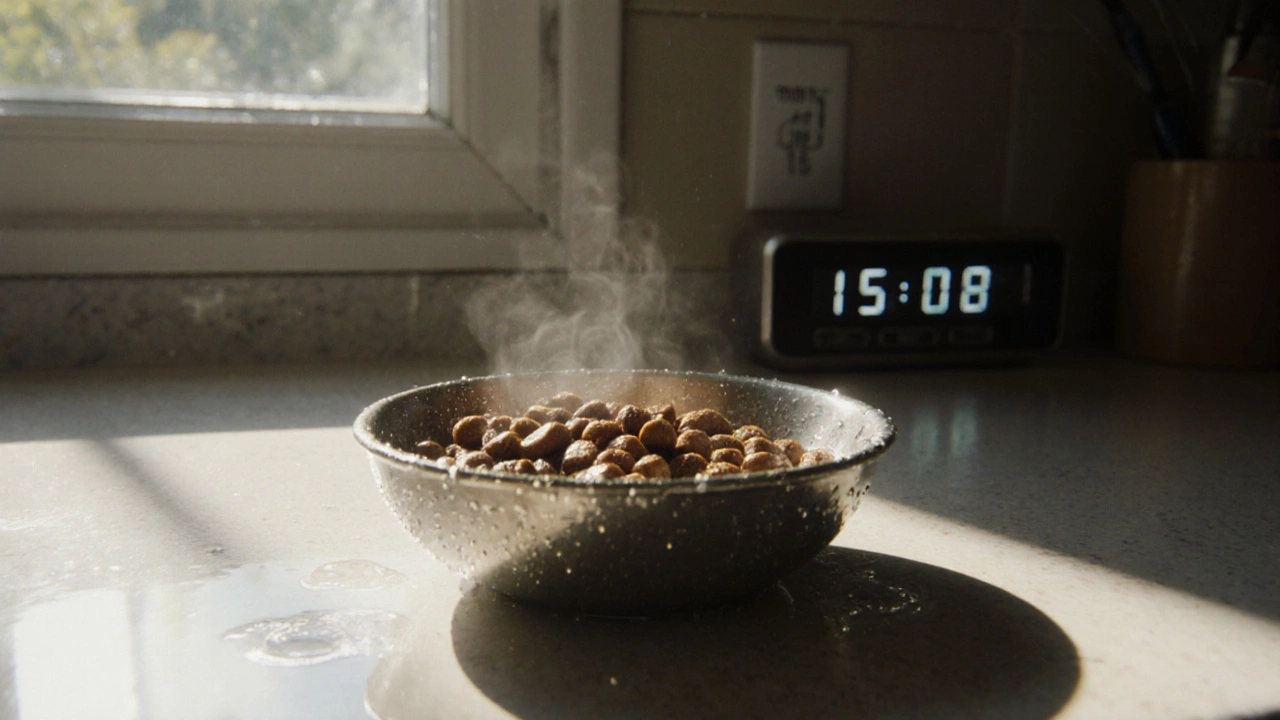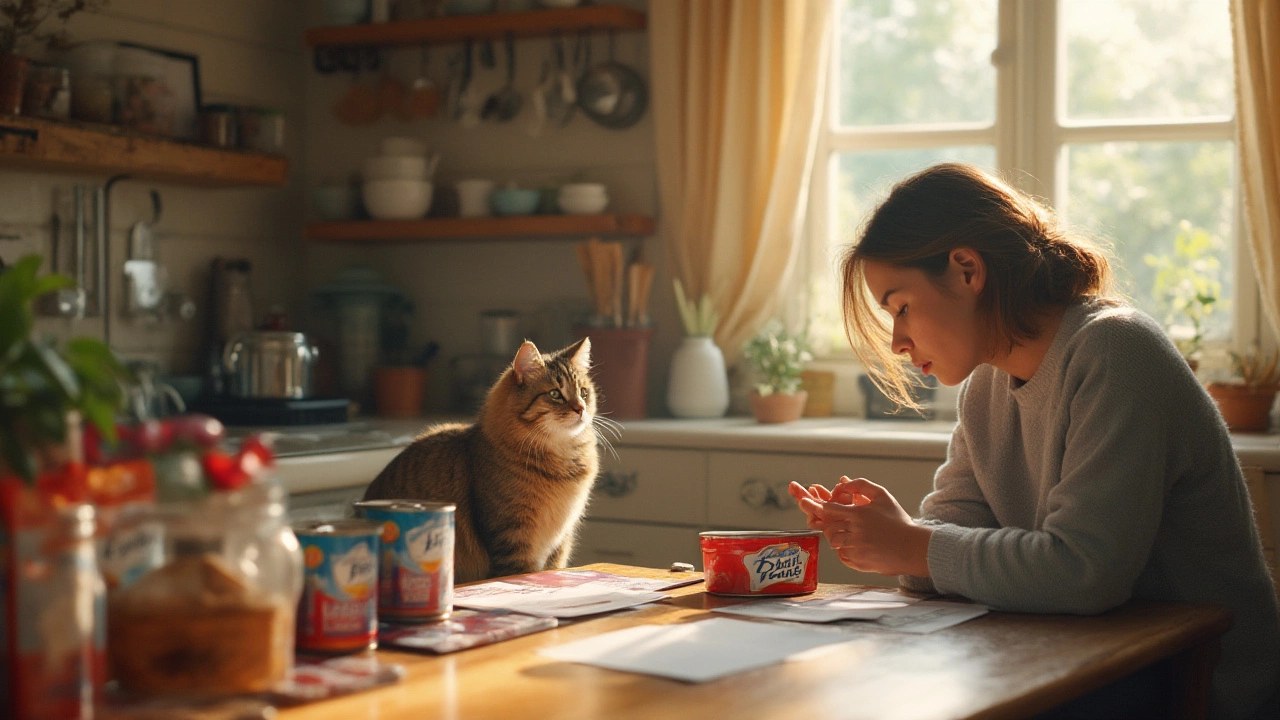Cat Food Safety: Simple Tips for Feeding Your Indoor Cat Right
If you’ve ever stared at a bag of cat food wondering if it’s safe, you’re not alone. Indoor cats have specific needs, and the wrong ingredients can cause tummy troubles or long‑term health issues. Below you’ll get clear, no‑nonsense advice on how to pick safe food, read labels, and store meals so your cat stays happy and healthy.
Read the Ingredient List Like a Pro
First thing to check is the ingredient list. Look for a real meat source—chicken, turkey, or fish—right at the top. Avoid foods that start with "by‑product" or "meal" because those can include low‑quality parts you don’t want your cat eating. Also steer clear of artificial colors, flavors, and sweeteners such as "BHT" or "propylene glycol". Those additives add no nutritional value and can irritate a cat’s stomach.
Next, watch the carbohydrate count. Cats are obligate carnivores, so they don’t need a lot of grains or corn. High corn or wheat levels can lead to weight gain and may trigger allergies. Aim for a formula that lists protein first and keeps carbs under 10% of the total.
Check for AAFCO compliance and safety certifications
Look for the AAFCO (Association of American Feed Control Officials) statement on the bag. It shows the food meets minimum nutritional standards for cats. If a brand mentions it’s been tested by a veterinary nutritionist, that’s an extra seal of trust.
When you buy raw or fresh‑frozen meals, make sure the supplier follows strict hygiene standards. Raw food can carry salmonella or listeria if not handled properly. Choose products that are flash‑frozen and keep them frozen until you’re ready to serve.
Store Food Correctly to Keep It Fresh
Even the safest cat food can go bad if stored wrong. Keep dry kibble in an airtight container away from sunlight. This stops the fats from oxidizing, which can make the food rancid and harmful. For wet food, once opened, use it within 24‑48 hours and keep it refrigerated. If you notice a sour smell or odd texture, toss it out—cats are picky, but they can’t tell you when food is spoiled.
Watch Your Cat’s Reaction
After you switch foods, monitor your cat for any changes. Loose stools, vomiting, or loss of appetite are signs the new food may not agree with them. If problems persist for more than a couple of days, talk to your vet and consider a different formula.
Remember, safe cat food isn’t just about avoiding bad ingredients; it’s also about giving your indoor cat the right balance of protein, fats, and moisture. A good diet helps keep your cat’s coat shiny, teeth clean, and weight in check.
By following these simple steps—checking ingredients, confirming AAFCO compliance, storing food properly, and watching your cat’s response—you’ll make confident choices every time you shop. Your indoor cat deserves the best, and safe food is the first step toward a long, healthy life.
How Quickly Does Wet Cat Food Spoil? Shelf Life and Safety Tips
Wet cat food spoils quickly-often within 1 to 2 hours at room temperature. Learn how long it lasts in the fridge, how to store it safely, and what to do if your cat eats spoiled food.
Fancy Feast Cat Food Controversy: Issues Every Cat Owner Should Know
Dig into the controversy behind Fancy Feast cat food. Discover safety concerns, ingredient debates, and what cat owners really need to know right now.

